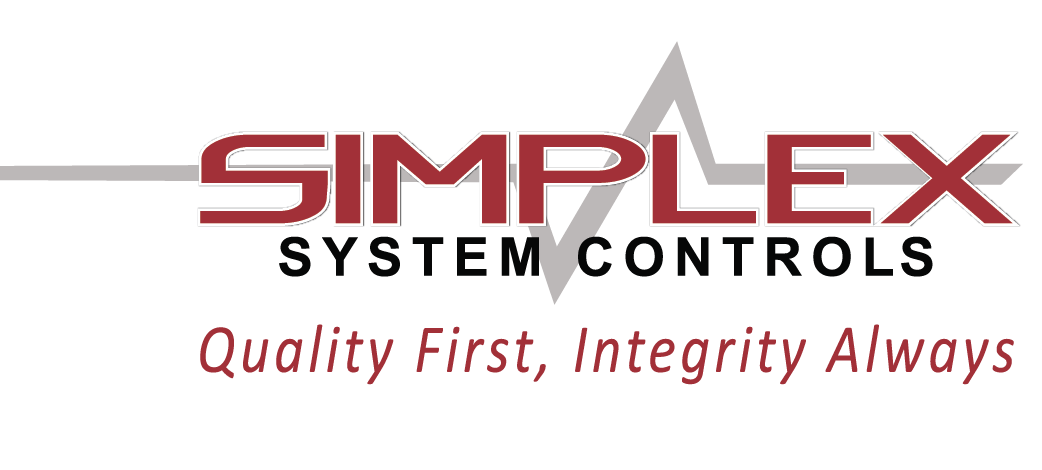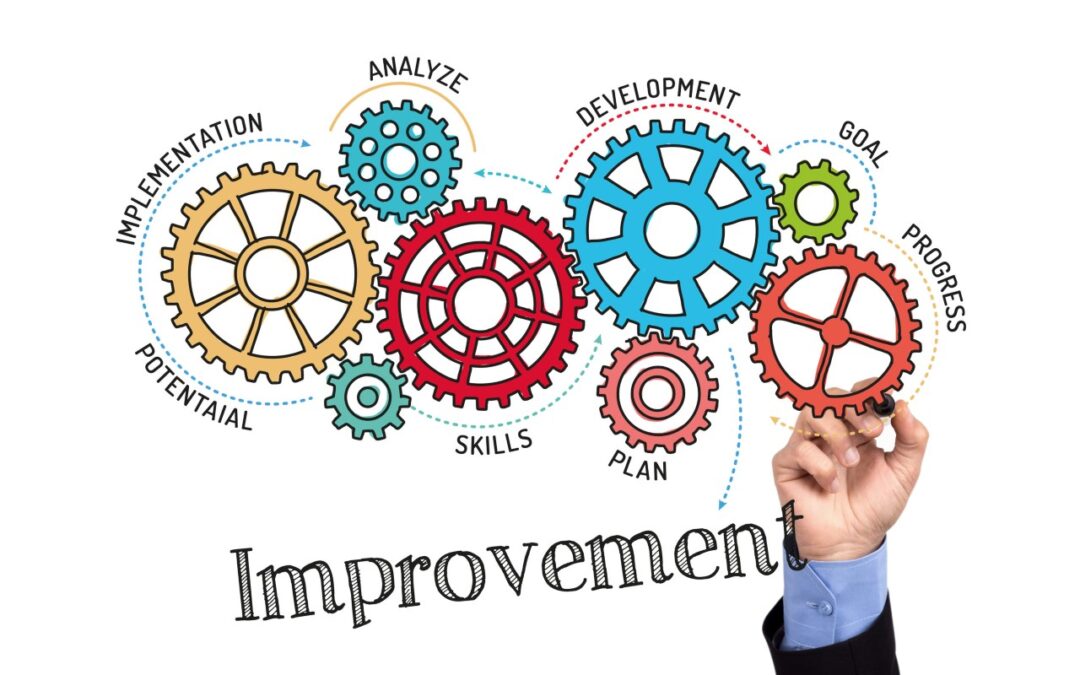“The only thing that adds value in any type of process—be it in manufacturing, marketing, or a development process—is the physical or information transformation of that product, service, or activity into something the customer wants.”
― Jeffrey K. Liker, The Toyota Way: 14 Management Principles from the World’s Greatest Manufacturer
At Simplex we take considerable pride in our slogan “Quality First, Integrity Always.” Since our founding in 1970, we’ve built our reputation on the quality of our work, our expertise, and our ability to complete projects on time and on budget.
That does not mean that we are content to rest on our laurels. We always look for ways to improve so that we may better serve our customers. We believe in listening to our customers and continually finding ways to enhance our operation to meet their needs.
The Toyota Way
You have probably heard of “The Toyota Way” – the set of principles and behaviors that date to Toyota’s founding and guide their vehicle production system.
The Toyota Way stresses two key principles: continuous improvement (Kaizen) and a respect for people. Developed and refined over the course of many years, the goal of The Toyota Way is to make and deliver high-quality vehicles as quickly and efficiently as possible.
In his 2004 book, The Toyota Way: 14 Management Principles from the World’s Greatest Manufacturer, author Jeffrey Liker, a professor of industrial engineering at the University of Michigan, described The Toyota Way as “a system designed to provide the tools for people to continually improve their work.”
According to Liker, Toyota’s management principles can be grouped into four core principles:
- Long-term philosophy: The focus should be on extended sustainability rather than short-term gain and fostering a sense of purpose in employees for productivity.
- The right process will produce the right results: Continuous improvement is promoted by eliminating the seven wastes identified as: overproduction, waiting, unnecessary transport or conveyance, overprocessing or incorrect processing, excess inventory, unnecessary motion, and defects.
- Add value by developing your people: Leaders must adopt and promote the philosophy to employees; employees and teams must embrace the philosophy and teamwork should be recognized; the development of business partners and suppliers should be fostered similarly to the development of employees.
- Continuously solve root problems to drive organizational learning: The organization must consistently monitor and evaluate its own practices, with the purpose of constant improvement.
The Toyota Way has inspired thousands of companies around the world (including Simplex) and helped to set the stage for Six Sigma, Kaizen, Lean Manufacturing, and a host of other management movements and methodologies.
If You’re Not Improving, You’re Falling Behind
Recently, Kurt Sundberg, President of Simplex, recounted that a mentor would tell him that “if you’re not improving, you’re falling behind.” He’s lived by those words and has stayed focused on continuous improvement.
Kurt described also being influenced by The Toyota Way. In fact, the Simplex management team read Liker’s book and were tasked to reflect on how it may apply to their operation. Kurt related that, “Internally, we wanted to look deeper at things we never really looked at before. We had an interest in lean manufacturing and continuous improvement and what that looked like for us. That led us to the Toyota Way.”
Kurt continued that, “As we dived into the Toyota Way and the concepts of lean manufacturing and continuous improvement, we discovered some good ideas and areas that we wanted to look at further. For example, we were interested in increasing our throughput. What that really came down to was finding ways to eliminate waste.”
He continued that, “We were also interested in finding ways to improve our time to market from purchase order to delivery. In fact, that’s the number one message we get from our customers – they need panels quicker. And that’s because they are under increasing pressure to implement projects faster.”
Value Stream Mapping
In the spring of 2021, to help identify ways to improve “time to market”, Simplex undertook a rigorous process of Value Stream Mapping.
Value Stream Mapping is a technique that organizations use to map the steps involved in delivering a product or service to customers, with the goal of optimizing the entire process. The focus of Value Stream Mapping is on identifying those activities that add value and those that do not add value to the process.
Value Stream Mapping became popular with Lean Manufacturing’s rise in the second half of the 20th century. It was one of the foundations that made the Toyota Production System a manufacturing success story.
Working with the help of consultant, Bonnie Richter[1], President of Profit Strategies, Simplex formed a cross-functional team of five employees to conduct the mapping. The team, led by the consultant, included staff from project management, accounting, shop supervision, and assembly.
The production process, from receipt of a customer order to shipping, was examined for ways to reduce waste and lead time. Activities that add little value for the customer were identified.
As one example, the team identified that 60% of panel lead time was due to waiting for suppliers to deliver components and materials. This led to identifying specific strategics that could be used to reduce lead time including streamlining the purchasing processes, managing supplier performance, enhanced inventory management, and supply chain risk mitigation.
Kurt related that Simplex has begun to implement changes that will reduce the average lead time on projects and enable them to deliver panels to customers faster than ever before.
Lessons Learned
The foundation of nearly all management approaches, whether it be The Toyota Way, Six Sigma, Kaizen, Lean Manufacturing, or other methodologies is continuous quality improvement.
Continuous quality improvement is the belief that most things can be improved – even if there is nothing inherently wrong with a process as it currently exists. Continuous improvement looks for ways to reduce waste, actively involve employees, and improve output. As the term implies, continuous quality improvement is not a “one and done” approach. The work is ongoing and requires continuous evaluation and fine-tuning.
All companies – not just manufacturers – face challenges. Challenges have always existed but seem more salient in our time of pandemics and supply shortages. Continuous improvement, always a valuable approach, has perhaps never been more relevant.
________
[1]BONITA RICHTER, MBA President, Profit Strategies 847-989-0513 www.profit-strategies.com
Manufacturers Simplex System Controls’ Blog is looking to hear from you.
Be next to share your story supporting innovation, quality, or integrity.
If you are an engineer, engineering firm, one of our vendors, or manufacturer and want to collaborate on an article or have an industry story to share, contact our sales and marketing team. Also, reach out if you have strong opinions on this article.
Contact:
Ron Rytlewski, [email protected]
(630) 766-8401

